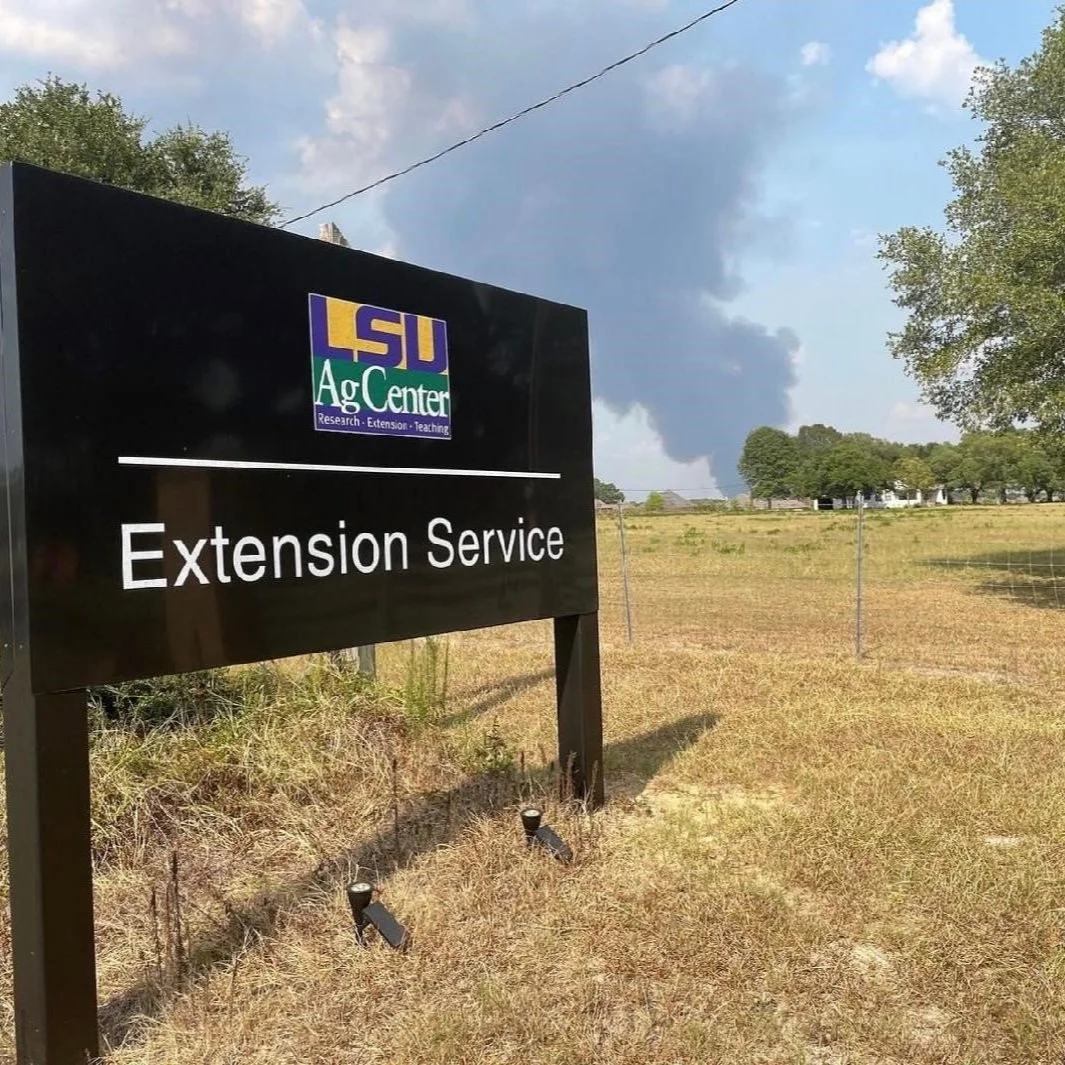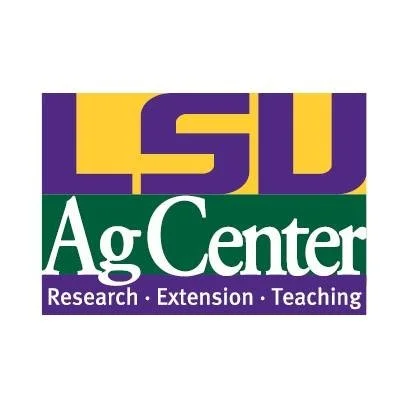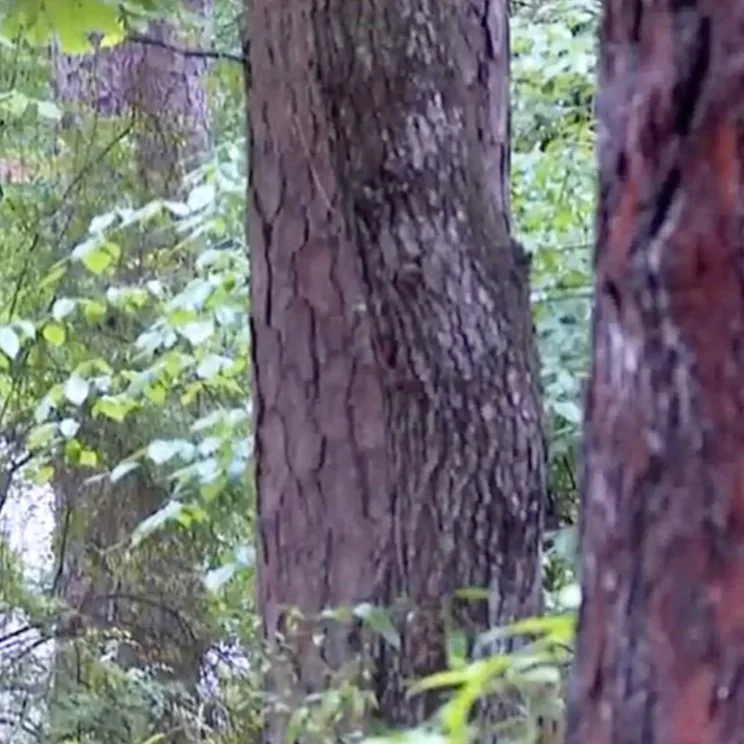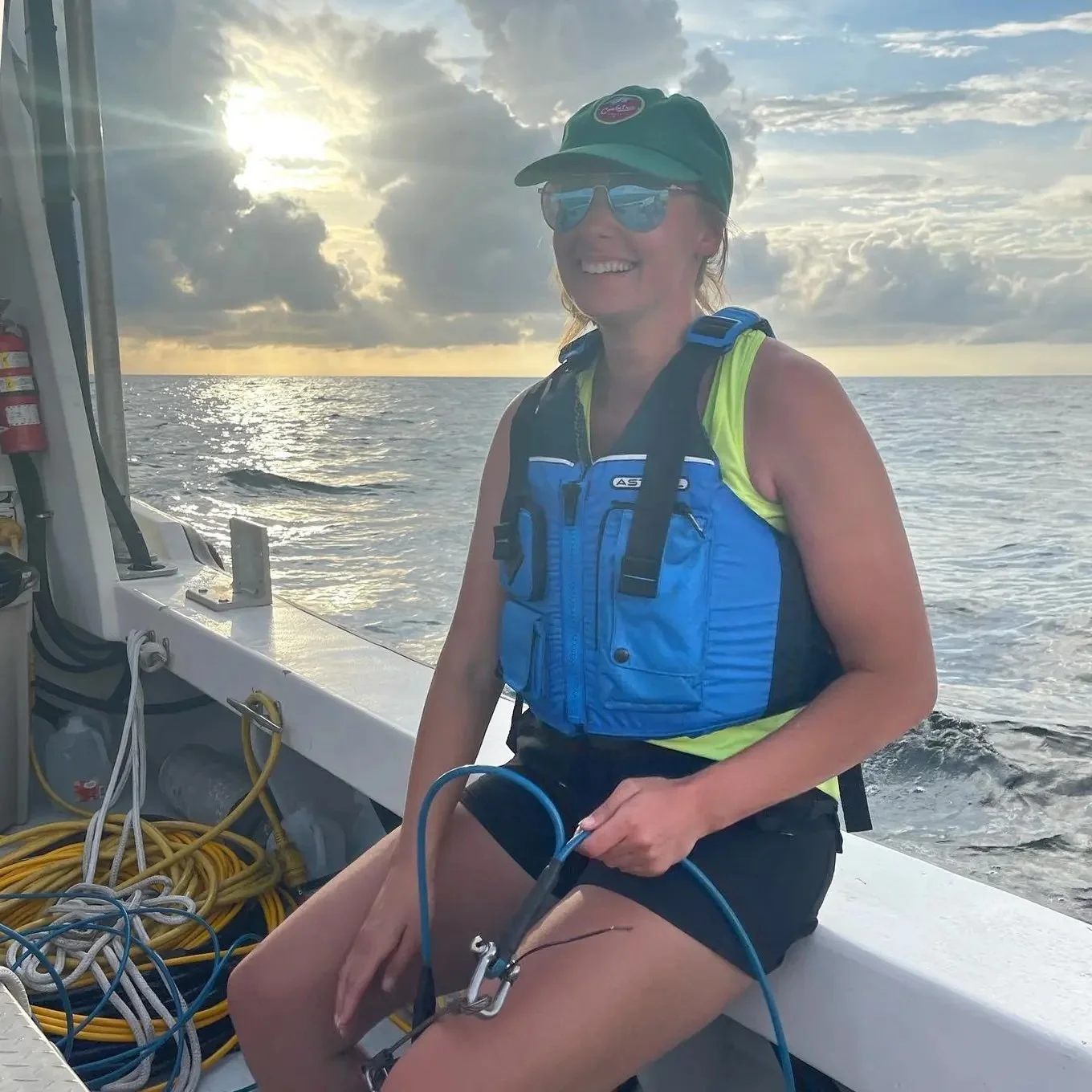Gloomy weather forced the LSU AgCenter Northeast Research Station to move its July 23 cotton and grain field day indoors — but there were few complaints from station staff and farmers who attended the event. Their fields received a much-needed rain amid a dry spell in the area.
Read MoreReagan Fraze has spent much of the summer tooling around the Grant Walker 4-H Educational Center in a golf cart, crisscrossing the grounds to attend to the many needs that pop up when hundreds of fourth through sixth graders are in town for Camp Grant Walker.
Read MoreAs they drove into the LSU AgCenter Hammond Research Station under an overcast sky, visitors attending the facility’s annual horticulture field day passed bed after bed of colorful flowers and other plants.
Attendees of the July 19 event got their chance to explore the station’s trial gardens, where scientists evaluate the performance of hundreds of up-and-coming cultivars.
Read MoreThe LSU School of Veterinary Medicine has installed a stunning new sculpture titled, "In Our Hands" by DiBari & Associates. The sculpture is prominently positioned in front of the Stephenson Pet Clinic on Skip Bertman Drive, between the Mississippi River and Tiger Stadium, in Baton Rouge. Funded by the Percent for Art Program under Louisiana's Division of the Arts, Office of Cultural Development, this artwork symbolizes the school’s commitment to the wellbeing of animals and people alike.
Read MoreRecent weather extremes, which include record heat and cold as well as drought and flooding, have made it especially difficult to maintain the health and production of livestock in Louisiana. Predicting these weather extremes is nearly impossible at times, but advanced planning can help livestock producers minimize the impacts of these events.
Read MoreThe 2024/25 U.S. corn outlook indicates larger supplies, greater domestic use and exports, and slightly lower ending stocks. Beginning stocks for corn were lowered 145 million bushels largely upon greater use forecasted for 2023/24. Exports were raised by 75 million bushels based on current outstanding sales and shipments to date. Feed and residual use is up 75 million bushels based on indicated disappearance in the Grain Stocks report for June.
Read MoreFunding for agricultural research — which helps protect the livelihoods of countless American farmers, ensure national security and promote economic development — is critical, U.S. Sens. Bill Cassidy and John Boozman said during a July 12 visit to the LSU AgCenter Sugar Research Station in St. Gabriel.
Cassidy, of Louisiana, and Boozman, of Arkansas, toured the station, where they saw the fields and facilities where scientists develop new, higher-yielding sugarcane varieties as well as strategies to help farmers manage pests and improve other aspects of production.
Read MoreOn July 10, the LSU School of Veterinary Medicine formally revealed its spectacular new Food Animal Service area in the large animal hospital attached to the LSU Vet Med building during a ceremony celebrating this state-of-the-art facility. This $4.125 million renovation began in October 2022. More than 9,000 square feet of space was renovated, and another 3,875 square feet were added.
Read MoreA long-held vision of Don Welge is now a reality. LSU has unveiled a new online graduate certificate in agribusiness designed to strengthen the resilience and efficiency of the national food supply chain.
The late Welge saw this as a need for the food industry. Welge earned a degree from LSU in agricultural economics and was the CEO and president of Gilster-Mary Lee Corporation — a private-label food manufacturing company.
Read MoreOn Wednesday, July 10, at 4 p.m. the LSU School of Veterinary Medicine will reveal its spectacular new Food Animal Service area in the large animal hospital attached to the LSU Vet Med building on Skip Bertman Drive in Baton Rouge during a ceremony celebrating this state-of-the-art facility. This $4.125 million renovation began in October 2022. More than 9,000 square feet of space was renovated, and another 3,875 square feet were added.
Read MoreThe LSU AgCenter Hammond Research Station will hold its annual horticulture field day July 19, allowing visitors the chance to tour trial gardens, learn about top-performing plants and hear experts speak about their research projects.
Registration will begin at 7:45 a.m. with coffee and refreshments. The program will start at 8:30 a.m. with remarks from AgCenter administrators. Mike Strain, commissioner of the Louisiana Department of Agriculture and Forestry, will then give a state-of-the-industry update.
Read MoreJay Grymes, chief meteorologist for WAFB-TV and interim Louisiana state climatologist since February, has been named the permanent state climatologist, effective Aug. 1.
Grymes recently announced he is retiring from WAFB this month after nearly 30 years with the station and joining the Governor’s Office of Homeland Security and Emergency Preparedness, or GOHSEP, to assist the state with emergency response and mitigation. In addition, as the state climatologist, he will direct the operations of the Louisiana Office of State Climatology, housed at LSU.
Read MoreIn the coming days, the state’s House Emergency Beetle Subcommittee of the House Committee on Agriculture is scheduled to host its first meeting at the state capitol. The panel is set to convene on July 9, and will address the devastation of Louisiana’s forest industry due to an infestation of beetles.
In 2023, the LSU Agriculture Center reported that 50,000 acres of forests in the state were burned due to wildfires last summer, costing $71.4 million.
Read MoreThe LSU AgCenter will hold its sugarcane field day Wednesday, July 17, at the Sugar Research Station in St. Gabriel.
The day will begin with a field tour covering multiple topics from AgCenter specialists.
Read MoreThe ancient underwater forest about eight miles off the coast of Gulf Shores, Alabama, is known as a time capsule from the last ice age—and for the first time, researchers understand why. Chemical and pollen analyses found the bald cypress trees were buried in sediment from swamp and marsh ecosystems, like those in southeastern United States today. Such low-oxygen environments helped preserve the wood, which is more than 60,000 years old and grew on land at a time when sea levels were much lower than they are today.
Read More














